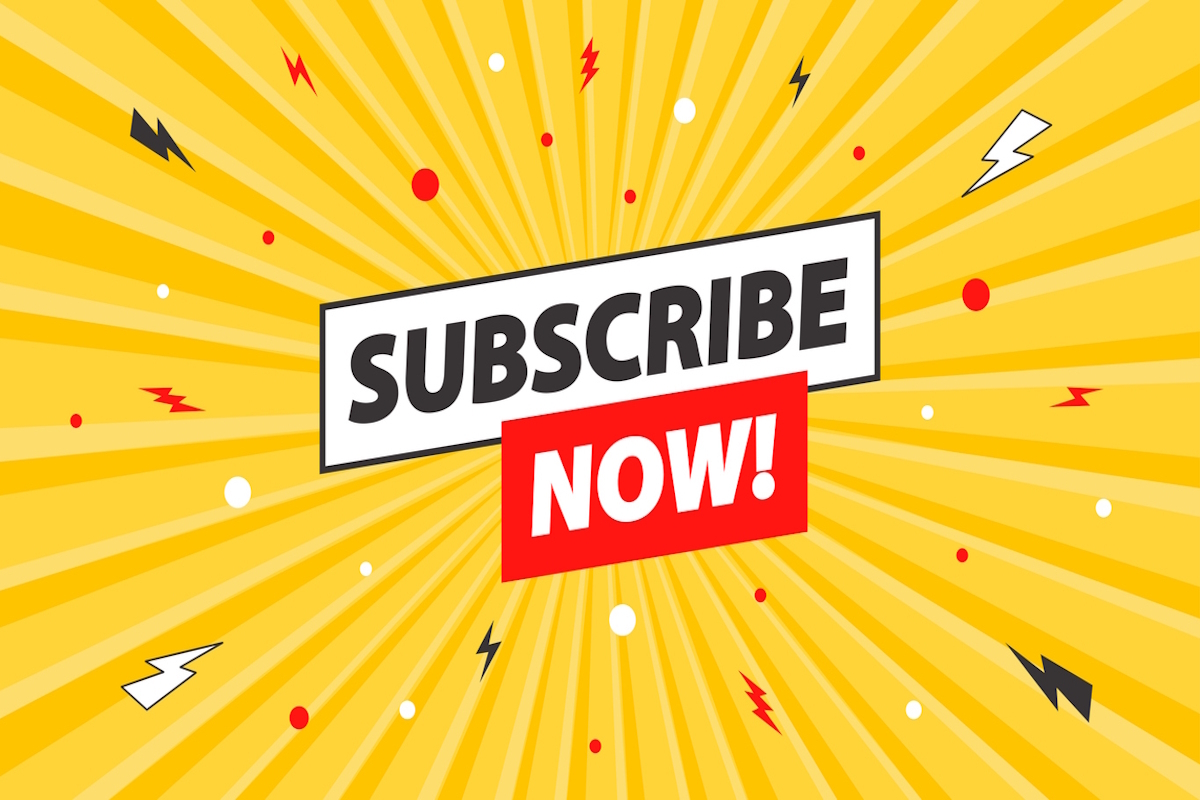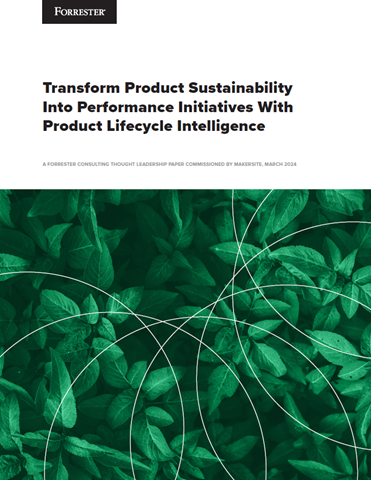From free to fee: how to build a brand worth subscribing to

Alex Moulton at branding agency Trollbäck+Company offers five key branding strategies for subscription success
Imagine a revenue stream that keeps flowing month after month, building deeper connections with your customers. Sounds tempting, right? But transitioning to a subscription model isn’t as simple as flipping a switch. It requires building brand trust and loyalty beyond just your product.
Even industry leaders like Native Instruments, well-known to musicians, struggle to secure subscription loyalty. Its recent rebrand emphasises innovation and creativity, setting the stage for a new software subscription aimed at attracting budding beat-makers. Despite taking seemingly all the right steps, this technology company faces common challenges in building a dedicated subscriber base.
Unlike other industries, the entertainment sector thrives on subscriptions. Streaming services like Netflix, Prime Video, and Disney+ boast loyal subscribers willing to pay more. Why? Their secret lies in a potent mix of strong brand love, personalised flexibility, and strategic pricing power. Even with reported increases in subscriber losses, top streamers are achieving 6% churn compared to the 13% average for SaaS and a staggering 25% in financial institutions.
Here are five key branding strategies for subscription success gleaned from the streaming playbook:
1. Masterbrand health: build on a strong foundation
A healthy masterbrand provides clarity, consistency, and trust to attract and retain subscribers. Think of it as the sturdy house you build your subscription offerings on. It should be recognisable everywhere, with clear guidelines that are elastic enough to reach diverse audiences on different platforms.
I believe in designing for sustained creativity, which means that all of your teams, across product, sales, and marketing, should have access to a flexible brand toolbox that empowers them to be endlessly creative in how they can engage with customers.
Disney+ exemplifies this with its iconic branding across touchpoints, adapting to regional differences while maintaining core values. They empower teams with robust brand toolkits for endless creative storytelling. These include brand principles, tone of voice guidelines, graphic design templates, and motion graphics toolkits that function on every screen size.
How do you recognise if your masterbrand is healthy? It should be clearly recognisable everywhere it lives, on every touchpoint. Internal teams and external partners should know how to use the brand, how it speaks, how it moves, and how it sounds.
2. Subscription superpower: design a distinct sub-brand
Unless your business is 100% subscription-based, consider creating a unique sub-brand. Think of it as giving your subscription its own “superhero suit.” Amazon Prime, Disney Bundle, and Marriott Bonvoy are excellent examples. Apple One, Walmart+, and VerizonUp represent branded recurring-revenue bundles (aka “rundles”) as alternate models.
A distinct sub-brand for your subscription, paywalled offering, or membership program allows you to focus your message and cater to specific customer needs without overhauling your masterbrand. In most cases, this is also more efficient and cost-effective. For Disney Bundle, which brings together Disney+, ESPN+, and Hulu, this strategy allows the offering to stand on its own without affecting the three hero brands.
3. Beyond one-size-fits-all: embrace customisation and flexibility
Shifting to a subscription model hinges on moving from a one-size-fits-all product to a personalised approach. Value is created by offering customisation, increased access, and seamless updates as the service evolves. Spotify and Stitch Fix allow users to curate their experience, and ClassPass allows members to choose from thousands of different workouts.
Customisation isn’t just trendy; it’s proven to reduce acquisition costs by up to 50%, lift revenue by 5-15%, and increase ROI 10-30%.
But customisation needs clear communication. Brand messaging and design should emphasise your commitment to flexibility and individual experiences. Returning to Disney Bundle as an example, the offering reflects the subscription’s shift towards flexibility, both in available service tiers as well as the look and feel of the design language which easily modulates depending on context.
By signalling flexibility in the design of the brand, you are better positioned to make your service more compelling and differentiated from other options available.
4. Surprise and engage: the emotional power of subscription branding
Subscription success isn’t just about emails. Consistent engagement month after month should take many forms, using strong branding that fosters deeper customer connections. It’s about turning one-time transactions into repeat business—not just through marketing tactics, but by building an emotional bond. To maintain loyal subscribers, your communication strategy has to be emotional, elevated, and carefully crafted to remind people why you bring value to their lives every day.
Go beyond bland visuals and generic messages. Studies show brands with strong visual identities and consistent messaging enjoy 23% higher customer lifetime value. When branding is done right, it shows deep thought about the brand’s meaning, communication style, and how it connects with customers.
The best subscription experiences have intentional “moments of surprise and delight”. Streaming services like Netflix keep users hooked with sneak peaks, trailers, articles, and PR-worthy events. These build excitement, anticipation, and reinforce brand values. They also double as reminders to non-subscribers, so it’s important that each campaign leverages channels that are widely available and public, not just email marketing lists.
5. Branding isn’t just an aesthetic: build pricing power brick by brick
Pricing power isn’t solely determined by your product features, but also by the foundation you’ve built with your brand. Netflix’s ability to raise prices with minimal churn hinges heavily on brand loyalty. Even without knowing next month’s lineup, we trust they’ll deliver something engaging. This trust, worth an average of $2 per subscriber per price increase, stems from years of consistent storytelling, cohesive identity, and commitment to creative content.
However, Netflix isn’t alone. HelloFresh commands premium prices compared to generic meal kits due to its focus on wholesome meals, convenience, and personalised recipe options. Dollar Shave Club built brand trust and pricing power through transparent communication and customer-centric humour. Strong brands cultivate trust, perceived value, and a sense of belonging, allowing them to command higher prices.
Remember, the transition to a recurring revenue model comes with challenges like pricing, service differentiation, and churn management. But with a well-defined brand strategy and a customer-centric branding approach, you can turn those challenges into opportunities.
By designing your brand with intention, you can build a subscription-worthy experience and consistent, personalised customer relationships that sustain loyalty.
Alex Moulton is Chief Creative Officer at branding agency Trollbäck+Company
Main image courtesy of iStockPhoto.com and PeterPencil

Business Reporter Team
Most Viewed
23-29 Hendon Lane, London, N3 1RT
23-29 Hendon Lane, London, N3 1RT
020 8349 4363
© 2024, Lyonsdown Limited. Business Reporter® is a registered trademark of Lyonsdown Ltd. VAT registration number: 830519543





